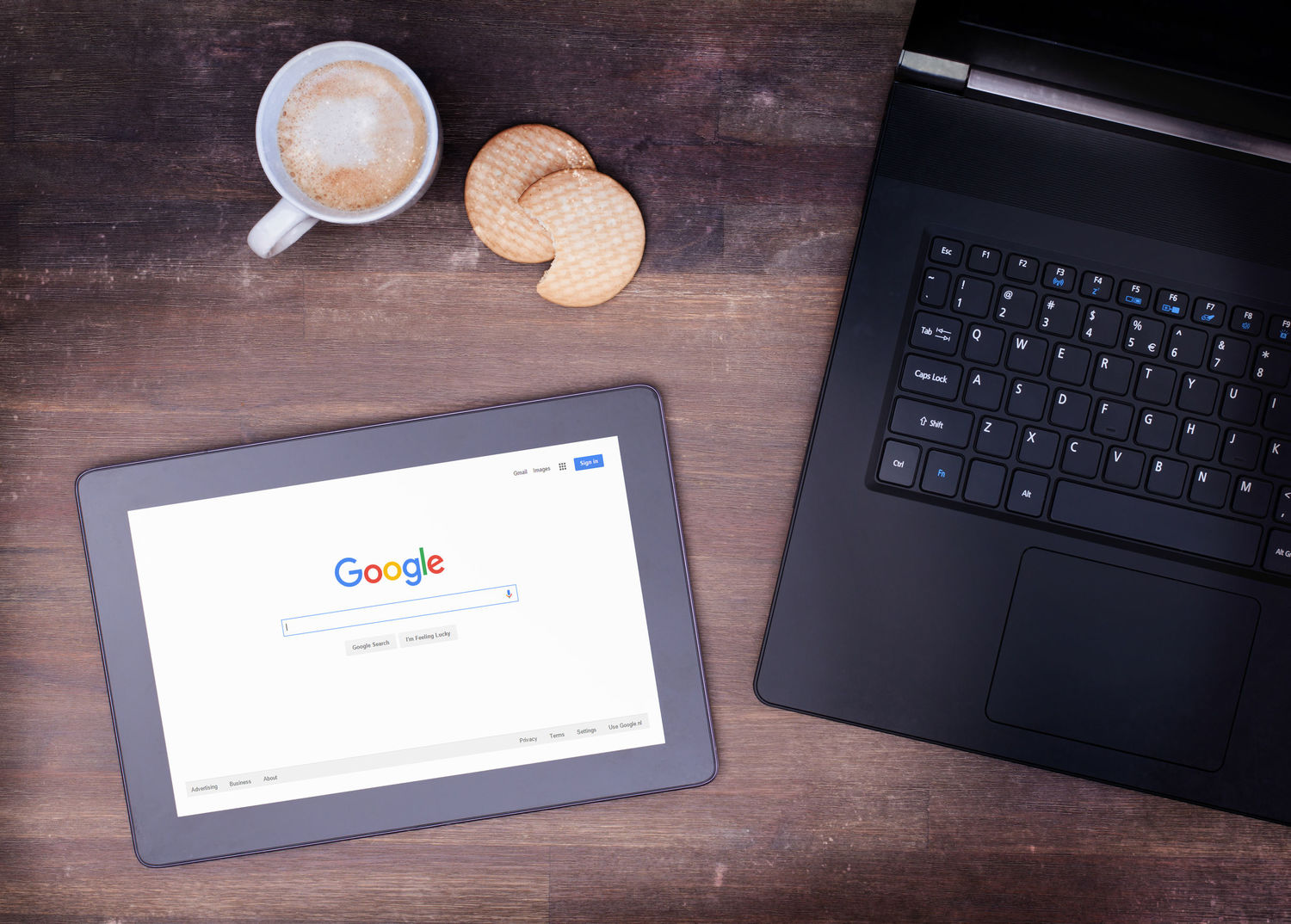When was the last time you looked up at a billboard and thought, “I need that product”? Personally, I can’t remember if that’s ever happened to me. Besides the “Next Subway in 5 Miles” sign on long road trips, billboards don’t catch my attention and I bet they miss yours too.
The average cost for a full-size billboard in Downtown Denver is $11,000 a month. Sure, impressions are important for certain types of brands, but dropping over 10K on a billboard, especially for a small or niche business is like taking a shot in the dark. Some forms of traditional advertising are just too broad.

(Photo: Heavy.com)
Unfortunately, for road safety, but fortunately, for small brands and organizations, many of your potential consumers are probably staring at their phones rather than looking around and catching a glimpse of that billboard. Just one of the reasons why Google AdWords (Google’s advertising platform) can be one of your most powerful elements in marketing strategy.
As most everyone is latched to their screens nowadays, Google has the potential to be your best source of leads. These leads have already decided they need a certain product or service and they’re actively searching, and with a well setup AdWords campaign, finding and contacting you. Not only can you target in on someone who has already decided they need your service, AdWords allows you to control precisely who sees your ads. You choose the location and range, the search queries your ad appears for, what time of day your ad runs and much more.
So if you run a business in a large city and don’t want to waste money reaching people in the suburbs, you can limit the search radius to 5 miles for people who searched precisely what you do.
If you’re open from 9-5, you can set your ads to run only during business hours so someone will be there to answer the phone. Google AdWords is a pay-per-click (PCP) platform, meaning you pay for each click your ad receives. This ability to control every aspect of your campaign ensures no money is wasted (as long as you set it up properly).
Unlike traditional advertising, you’re paying for clicks rather than impressions. By tracking clicks, calls, form submissions and other forms of contact, you’re able to accurately calculate the ROI of each lead. After this you can decide whether that campaign has been profitable and adjust it accordingly. Try calculating an accurate ROI of a television commercial.
While the ability to track and determine the price of leads is significant on its own, it’s ultimately the means to perform the most powerful piece of the AdWords puzzle: testing.
Split-testing or A/B testing your ads is a vital step in creating highly profitable ads. With so many variables in these ads, testing can be quite extensive but with a bit of experience it’s not rocket science. Essentially, you’re testing different elements and combinations to see what performs best, which ads receive more clicks and most importantly, how many of those clicks become leads.

We’ll start with two ads in each ad group, see which performs best, delete the losing ad and replace the copy. Each ad group could be targeting different audiences or search queries and these will be split-tested using the same process, letting the winners move along until the ads are performing optimally.
The unparalleled control and precision of AdWords makes for one of the most cost-effective and successful forms of marketing. Rather than chasing customers, you’re creating a way for them to come to you and find exactly what they need quickly and easily. If you haven’t gotten on board with what many argue is the most powerful form of advertising, it’s time to start.
This post just scratches the surface of Google AdWords’ capabilities. There are dozens if not hundreds of books written on the subject but we’ll do our best to convey the most important information in posts to come. Be on the lookout for the next blog post in this series where we delve deeper into setting up a successful AdWords campaign. And if you’re not ready to take on the task yourself, we’re ready to help.







